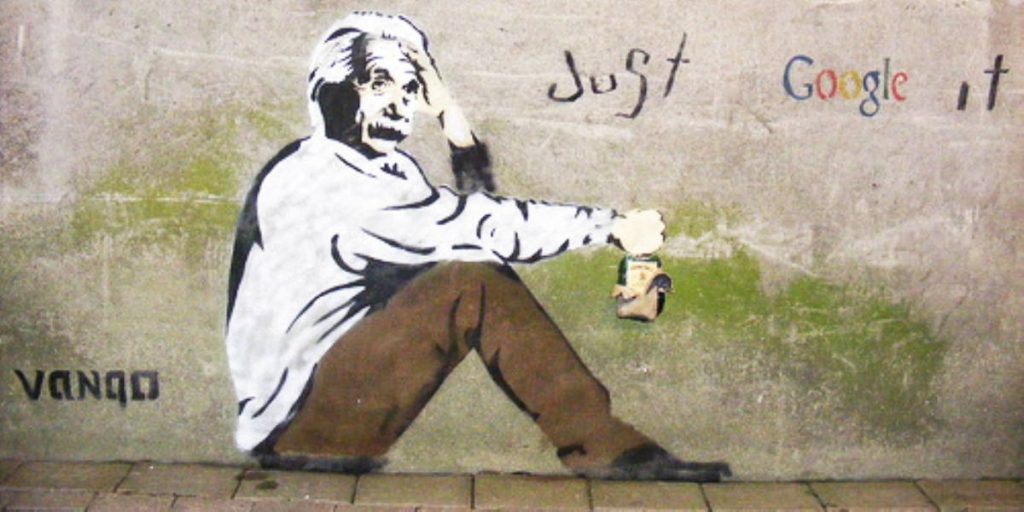Definition, Types, and Cultural Significance of Street Art – Street art, an artistic movement that flourishes in public spaces, has garnered widespread attention for its ability to transform urban landscapes into vibrant galleries. This article delves into the world of street art, discussing its definition, diverse types, the origin of its name, and the meaningful connections it fosters with people across the globe.
Defining Street Art
Street art is a dynamic form of visual expression that encompasses a wide range of artistic creations displayed in public areas. It breaks free from the confines of traditional galleries and museums, embracing walls, buildings, sidewalks, and other urban surfaces as its canvas. Street art is characterized by its accessibility, spontaneity, and its ability to engage with a diverse audience. slot terbaru
Exploring Types of Street Art
Street art is a diverse movement encompassing various forms of artistic expression, including:
- Graffiti: Elaborate murals, intricate lettering, and vibrant images created with spray paint and other techniques.
- Stencils: Intricate designs are crafted by cutting out patterns on stencils, enabling artists to reproduce images quickly. hari88
- Posters and Stickers: Artists create and paste posters or stickers on surfaces, conveying powerful messages and visuals.
- Installations: Three-dimensional installations, sculptures, and art pieces added to public spaces to provoke thought and conversation.
- Mosaics: Artworks assembled from small, colorful pieces, such as tiles or glass, forming intricate patterns and images.

The Origin of the Name
The term “street art” emerged as a way to describe artistic creations that appeared in urban environments, particularly on the streets. The name reflects the movement’s focus on public spaces and its departure from traditional artistic norms. Unlike art confined to galleries, street art engages with the everyday lives of people, bringing creativity into their daily routines.
The Cultural Significance of Street Art
Street art holds profound significance for individuals, communities, and societies at large:
- Urban Revitalization: Street art has the power to transform neglected spaces into vibrant hubs of artistic expression, revitalizing communities.
- Social Commentary: Many street artists use their work to address social and political issues, provoking discussions and raising awareness.
- Cultural Celebration: Street art celebrates cultural diversity, reflecting the identity and heritage of the local community.
- Personal Connection: Street art often resonates with individuals on a personal level, fostering emotional connections and prompting reflection.
- Inclusive Artform: By existing in public spaces, street art democratizes art consumption, allowing people from all walks of life to appreciate it.
Conclusion
Street art, a dynamic and evolving form of artistic expression, transcends traditional boundaries and invites people to engage with creativity in unexpected places. Defined by its accessibility, diversity of forms, and ability to reflect and address contemporary issues, street art is an essential part of urban culture.
From thought-provoking messages to intricate visual designs, street art captures the imagination and serves as a testament to the power of art to transform public spaces and inspire connections among people.